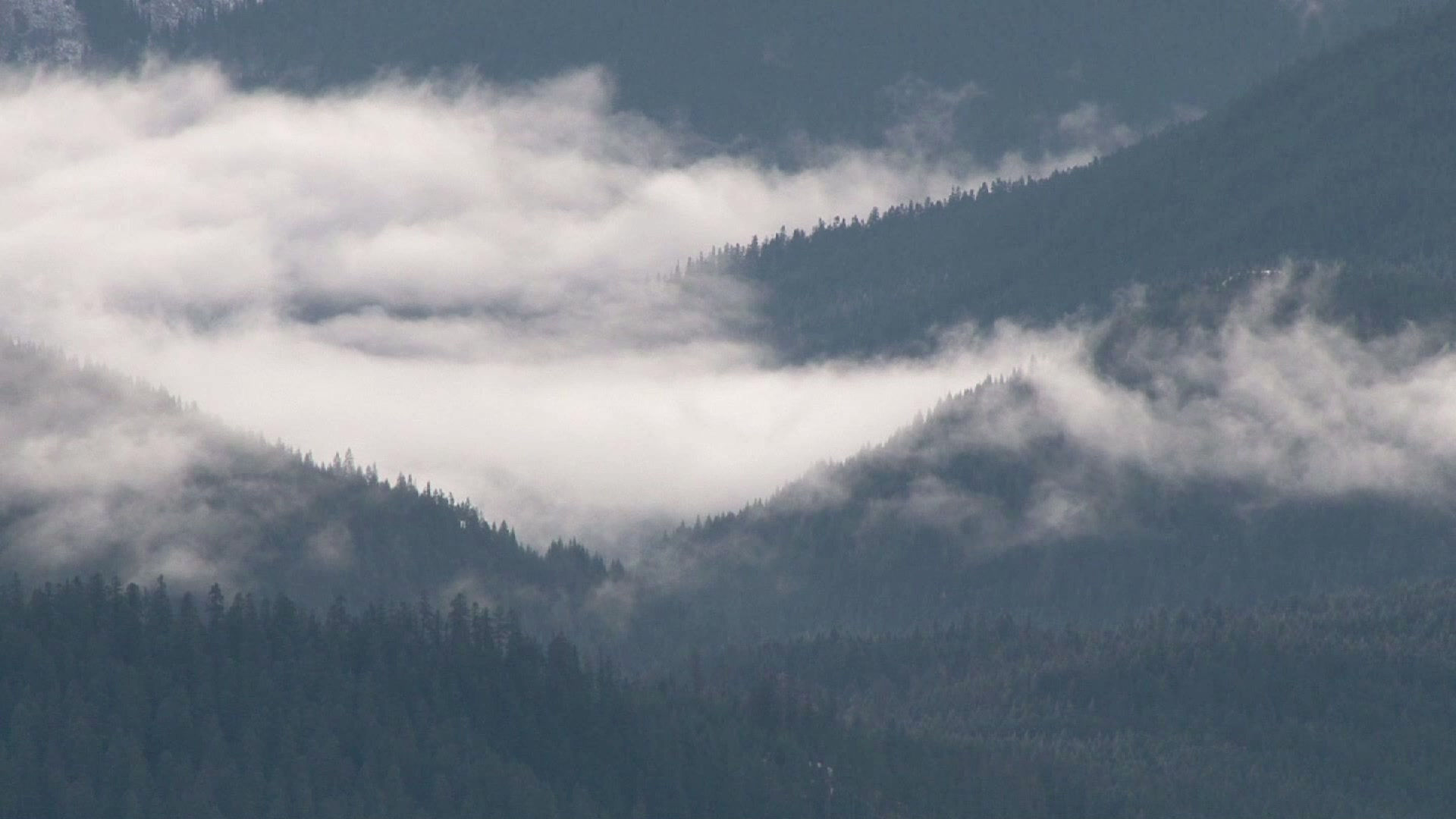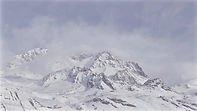

Kelly Faller
Rutgers University, New Brunswick, NJ
B.S. cum laude in Ecology, Evolution, and Natural Resources, Minor in Marine Sciences
M.S. pending!
George H. Cook Honors Thesis: “Invasive Species Impacts on Bat Foraging Ecology and Prey Availability”
Graduate of Rutgers University studying Ecology, Evolution, and Natural Resources with a minor in Marine Science. Research interests include wildlife conservation, migration ecology, estuarine ecology, and soundscape ecology.
Interests
 |  |
|---|---|
 |  |
 |  |
 |  |
 |  |
My main interest is in threatened and endangered species conservation. I have experience monitoring for the federally threatened northern long-eared myotis across New Jersey to understand impacts of the fungal pathogen, Pseudogymnoascus destructans, which causes white-nose syndrome in bats. I have also been involved in research on the West Antarctic Peninsula studying the marine ecosystem and how it has responded to climate change since 1991.
I am currently a graduate student at Rutgers University and the Lead Estuary Science Coordinator at the Partnership for the Delaware Estuary. In this position, I am responsible for collecting and analyzing long-term monitoring data in tidal marshes along the Delaware Bay. I have also developed an acoustic monitoring program that collects soundscape data to understand the conservation needs in Delaware Bay marshes and attempts to understand how restoration influences marsh soundscapes.

Research Questions

How do marsh soundscapes change after restoration?
Many faunal species require high marsh habitat for breeding. High marsh habitat is declining locally and globally due to sea level rise. Restoration efforts are underway in the Delaware Bay to protect high marsh and restore areas that have been lost. My research focus is to use acoustic detectors to understand how the conversion of high marsh to low marsh impacts the soundscape of tidal marshes. I am also interested in understanding if restoration can document a change in the soundscapes at restored marshes.
Can we track climate change-driven community changes using sound?
A central focus of my graduate thesis is developing a methodology to use sound as a tool for tracking changes in faunal use of salt marshes over time. I’m collecting acoustic data at sites with long-term records of marsh accretion and vegetation community change, laying the groundwork for a long-term acoustic monitoring approach. This work will be integrated into the New Jersey Tidal Wetland Monitoring Network’s databases, providing restoration practitioners with new insights to inform future marsh restoration and management decisions.

